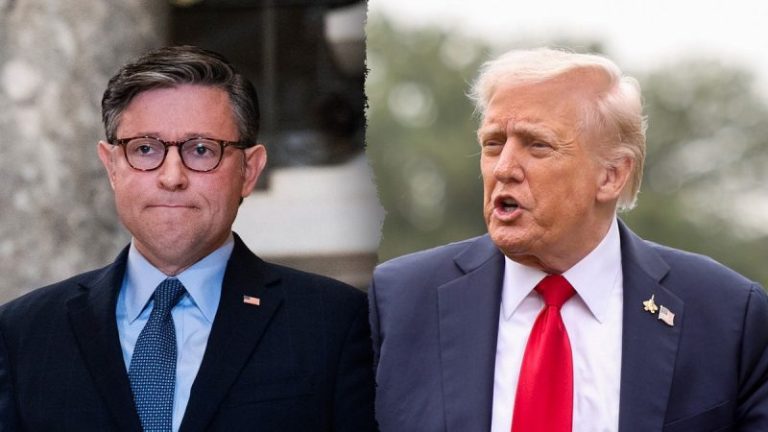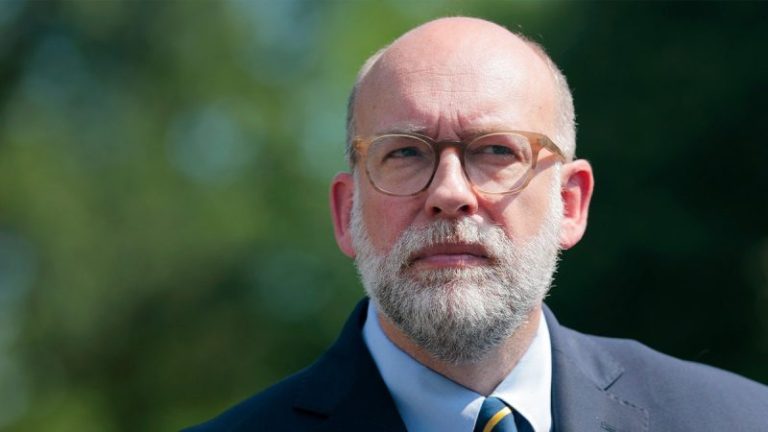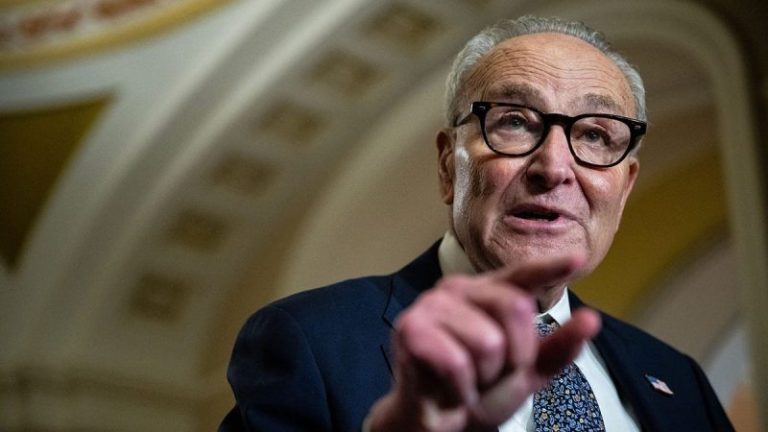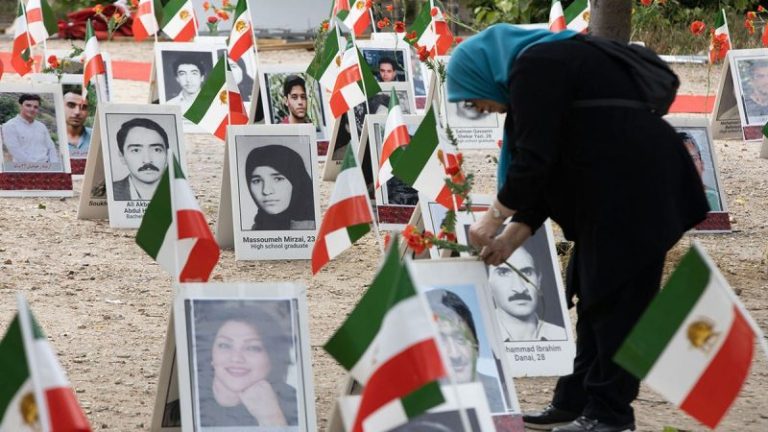Top Republican officials appear to be at odds with each other over how to portray the fallout from the ongoing government shutdown.
Senate Democrats are still refusing to budge from their demands for Obamacare subsidy extensions to be included in a short-term federal funding bill, so it is likely the government will stay shut down at least until next week.
It has given President Donald Trump and the Office of Management and Budget (OMB) wide discretion over what agencies and project operations will look like, as well as the federal workforce.
Speaker Mike Johnson, R-La., has sought to portray those decisions as difficult tasks for Trump and OMB Director Russ Vought, particularly the administration’s push to permanently lay off federal workers the longer the shutdown goes on.
Johnson told Fox News Digital in an interview earlier this week that Trump is ‘very bothered’ by the position Democrats have put the government in and is concerned about its lasting impact on Americans.
He also told Fox Business host Larry Kudlow on Thursday that Vought is in an ‘unenviable’ position, and while there ‘could be some good that comes out of it, if we limit the size and scope of government’ that ‘it is not a job that he relishes.’
And while Trump has heaped blame on Democrats for the shutdown’s impact on Americans, he’s struck a different tone when discussing its political fallout in recent days.
Trump posted on Truth Social Thursday that he would meet with Vought ‘to determine which of the many Democrat Agencies, most of which are a political SCAM, he recommends to be cut.’
‘I can’t believe the Radical Left Democrats gave me this unprecedented opportunity,’ Trump continued. ‘They are not stupid people, so maybe this is their way of wanting to, quietly and quickly, MAKE AMERICA GREAT AGAIN!’
Johnson also gave an emphatic defense of Vought during House Republicans’ lawmaker-only call with the OMB director Wednesday, Fox News Digital was told.
The speaker cast the impending federal layoffs as a difficult position for Vought to be in, and one that Democrats placed him in by refusing the GOP’s funding plan.
‘Russ is not the grim reaper,’ Johnson said, Fox News Digital was told.
On Thursday evening, however, Trump shared an AI-generated video on Truth Social featuring Vought as a grim reaper-like character set against a parody version of Blue Oyster Cult’s song ‘Don’t Fear the Reaper.’
The video showed Vought walking through an office full of workers and through a hall of portraits featuring top Democrats, including Senate Minority Leader Chuck Schumer, D-N.Y., and House Minority Leader Hakeem Jeffries, D-N.Y.
‘Russ Vought is the reaper. He wields the pen, the funds and the brain,’ the voiceover sings. ‘Dems, you babies, here comes the reaper.’
Johnson broached the different signals during a press conference on Friday, telling reporters that Trump does not take ‘great pleasure’ in the shutdown’s disruptions but is ‘trolling the Democrats,’ because ‘that’s what President Trump does.’
Asked to square those two points, Johnson said the mockery was exclusively aimed at Democrats.
‘The effects are very serious on real people, real Americans. We support federal employees who do a great job in all these different areas. But what they’re having, trying to have fun with, trying to make light of, is to point out the absurdity of the Democrats’ position,’ Johnson said.
‘They’re using memes and all the tools of social media to do that. Some people find that entertaining. But at the end of the day, the decisions are hard ones. And I’m telling you, they’re not taking any pleasure in that.’
While Trump’s messaging can appear to undercut that of House GOP leaders’, it could also be a strategy to squeeze Democrats on two separate planes as they continue to resist Republicans’ federal funding strategy.
Republicans are pushing a relatively flat extension of fiscal year (FY) 2025 federal funding levels through Nov. 21 in order to give lawmakers more time to hash out a longer-term deal for FY 2026.
They’ve pointed out that it’s a similar measure to what Democrats have approved 13 separate times under former President Joe Biden.
But Democrats, infuriated by being sidelined in the federal funding discussions, are withholding support unless Republicans include language extending Obamacare subsidies that were temporarily enhanced during the COVID-19 pandemic.
Republican leaders have signaled openness to discussing the credits, which expire at the end of 2025 without congressional action, but have said those talks are better kept separate from federal funding.
The White House did not immediately respond when reached for comment on Trump and Johnson’s messaging, but Fox News Digital did receive an automated reply that stated, ‘Due to staff shortages resulting from the Democrat Shutdown, the typical 24/7 monitoring of this press inbox may experience delays. We ask for your patience as our staff work to field your requests in a timely manner.’
‘As you await a response, please remember this could have been avoided if the Democrats voted for the clean Continuing Resolution to keep the government open. The press office also cannot accommodate waves requests or escorts at this time. Thank you for your attention to this matter,’ the message said.










